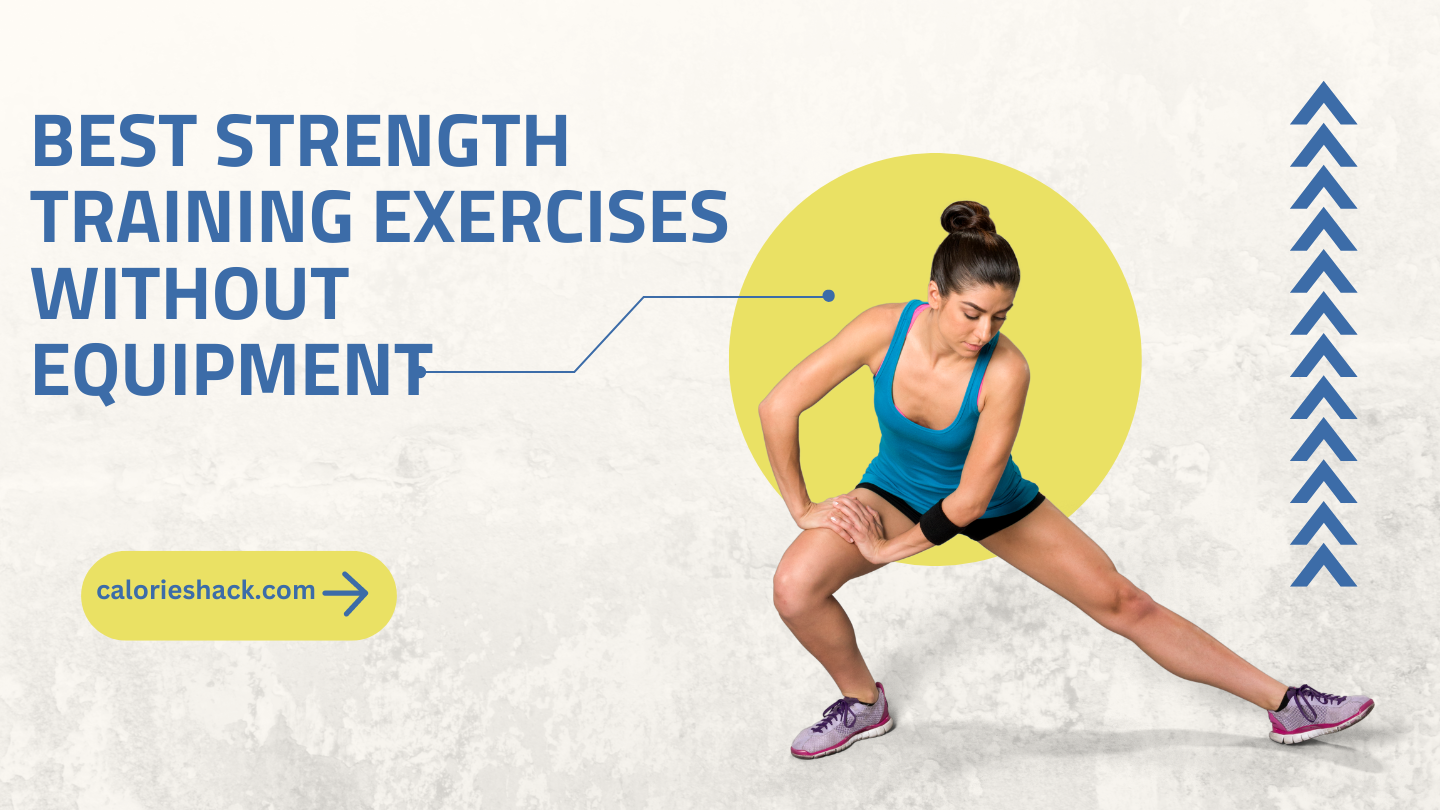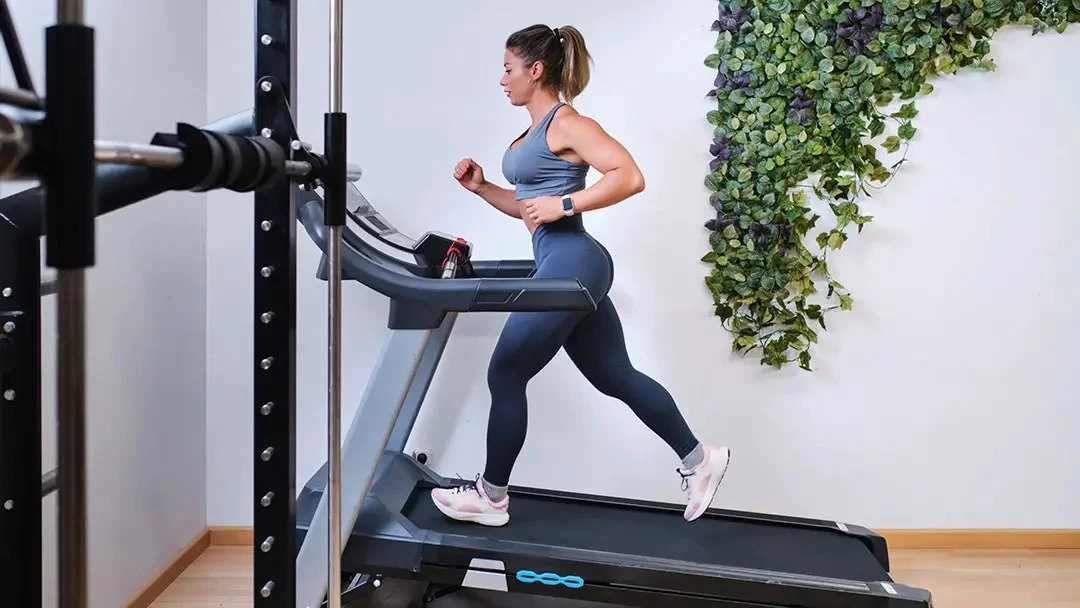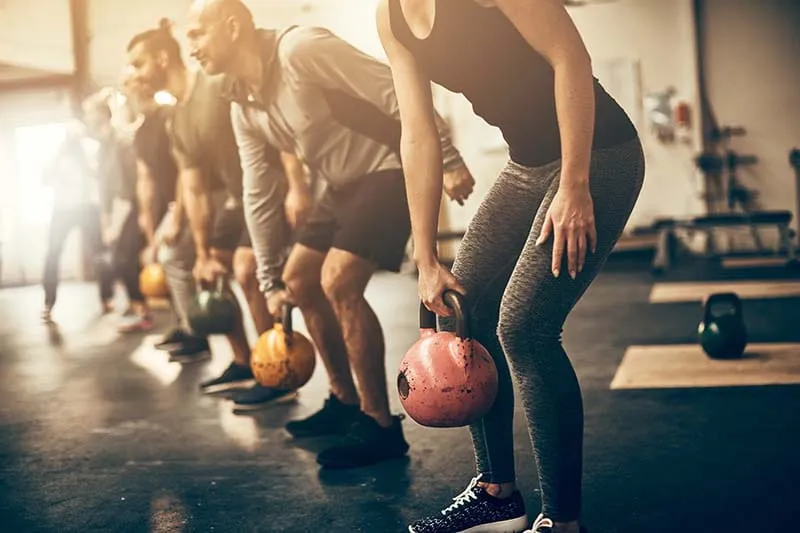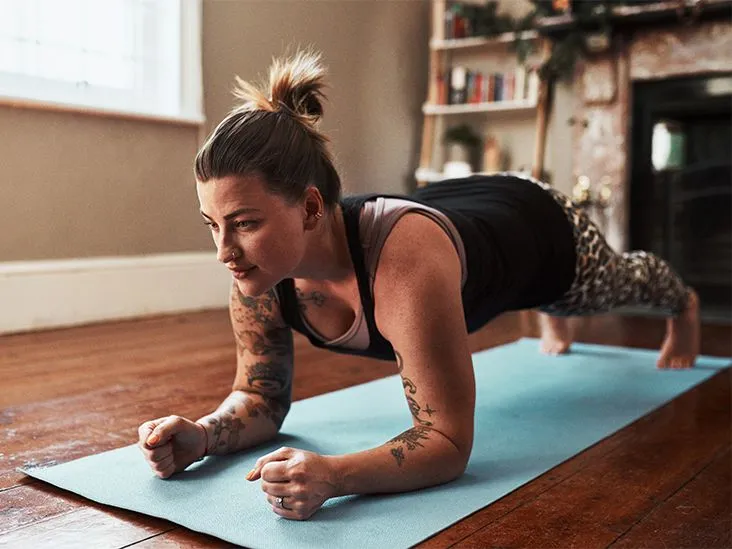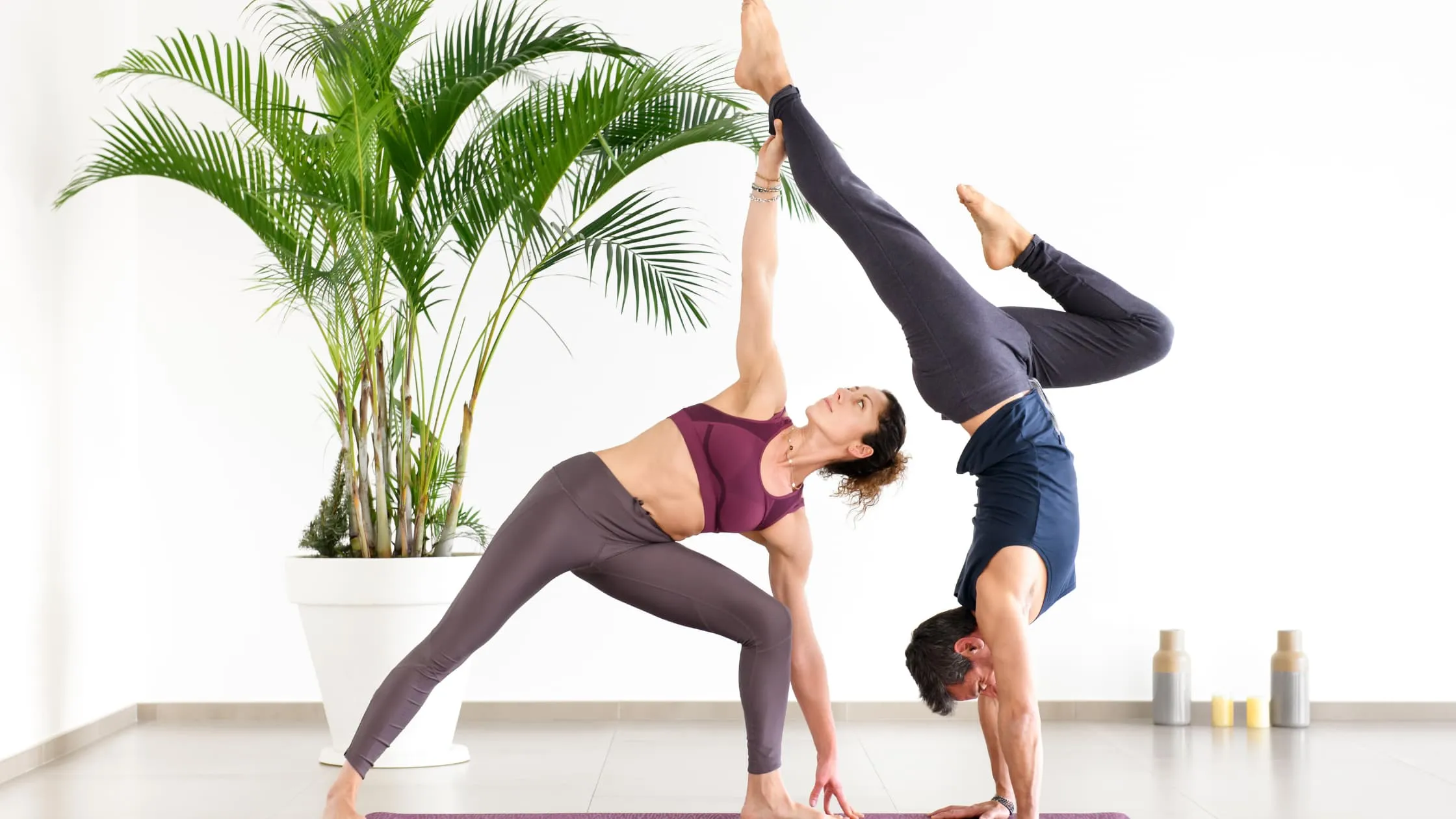Push-ups may sound straightforward: You simply bring down your body to the floor and push back up once more. In any case, doing them accurately includes utilizing a few of the body's significant muscle gatherings, and that is the reason the bodyweight exercise can assist you with developing serious fortitude.
"You'll experience this exemplary move — or a changed form of it — in different exercises, for example, intense cardio exercise (HIIT), CrossFit, aerobics, or as a feature of a strength preparing exercises," says Amanda Capritto, pioneer behind More brilliant Perspiration in Miami.
This is the very thing that you really want to realize about why push-ups can convey such a lot of value for your activity money, and how to integrate them into your work-out everyday practice, regardless of your wellness level.
What Muscles Do Push-Ups Work?

Many individuals regularly consider push-ups as a chest area work out, however they really work the full body. You'll reinforce the muscles of the arms, chest, and back, as well as your abs and your quadriceps (the huge muscles on the facade of your thighs), says Lisa Toscano, EdD, teacher of kinesiology at Manhattan School in the Bronx, New York. "These last two muscle bunches go about as stabilizers as you keep your body in an orderly fashion, while the arms, chest, and back aid the up-down movement."
As per the Public Institute of Sports Medication, different muscles you'll prepare as you do a push-up incorporate the pectoralis major (your chest muscle), the foremost deltoids (front of your shoulders), rear arm muscles, biceps, rhomboids (the upper-back muscles that interface between your spine and shoulder bones), and the trapezius (the muscle pack that reaches out from the rear of your head and neck).
Optional muscle bunches worked incorporate the serratus front (the fan-molded muscle along the highest point of your ribs) and coracobrachialis (a long, slim muscle in the upper arm), as well as the center overall, notes Dylann Craig, pioneer behind Effect Exercise based recuperation in New York City.
Are Push-Ups Alright for Everybody?
:max_bytes(150000):strip_icc()/health-benefits-of-pushups-GettyImages-498315681-7008d40842444270868c88b516496884.jpg)
You can harm yourself doing push-ups assuming that you take on a lot of excessively fast, Capritto says. In the event that you're a novice, begin with changed push-ups, for example, slant push-ups (utilizing a container or seat), knee push-ups, or standing push-ups done against a wall (more on the most proficient method to do these varieties underneath), she suggests.
"Numerous novices should change push-ups for months or years before securely advancing to a standard push-up," she says. Realize that you're developing a ton of fortitude with changed forms.
Furthermore, pregnant ladies ought to change push-ups such that puts less weight on the midsection, either by doing box or knee push-ups (more on those underneath), or by doing standing push-ups against a wall, Capritto says.
Furthermore, in the event that you have any injury or agony in the chest or shoulder (regardless if front or back), you ought to talk with a confirmed coach, actual specialist, or one more medical care proficient for a full evaluation and to request express rules and change choices to forestall re-injury or compounding of a current physical issue, Capritto exhorts.
Capritto says you ought to continuously converse with your PCP, actual advisor, or muscular expert prior to endeavoring push-ups assuming you have whatever other condition that may be irritated by the action.
What number of Push-Ups Would it be advisable for you to Do?
On the off chance that you're simply beginning, Capritto recommends integrating push-ups into your gym routine daily practice somewhere in the range of one and three times each week, each time performing three arrangements of 5 to 10 push-ups. In the event that you can't do a full, conventional push-up with great structure, begin with changed push-ups.
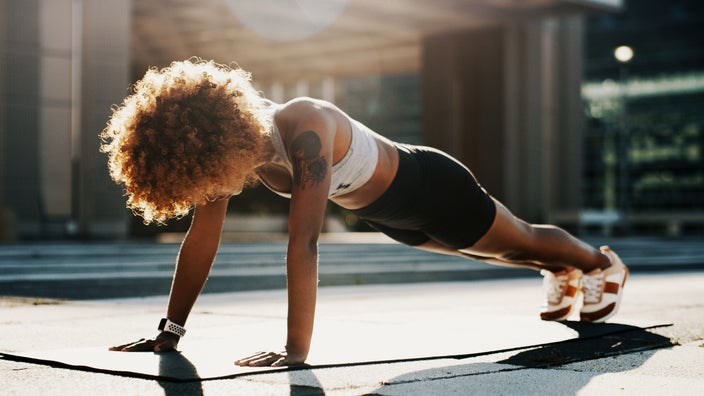
Capritto suggests beginning with box push-ups or knee push-ups assuming you want to alter (guidelines beneath). Adjustments make the development more secure for amateurs, as they develop fortitude in the muscles of the center and scapula (shoulder bone), she says. "As well as bringing down the gamble of injury, these alterations additionally permit novices to amass more volume, and consequently pursue strength and solid perseverance."
When you can finish three arrangements of 5 to 10 reps of altered push-ups with the right structure, Capritto proposes you may be prepared to attempt standard, nonmodified push-ups. Begin by doing the most that you can do with great structure — regardless of whether it's simply a solitary one, she says. Then, at that point, when your structure begins to fall flat, change back to altered push-ups and finish the set.
Furthermore, recall, a great many people progress gradually with regards to increasing the quantity of nonmodified push-ups they can do. You may simply have the option to do one customary push-up in each set every week as you change from altered to nonmodified push-ups, Capritto says.
Attempt to integrate push-ups into your exercise routine daily schedule on nonconsecutive days to allow muscles an opportunity to recuperate and develop, Capritto suggests.
Any variety of push-ups can be important for full-body opposition preparing exercises or part of chest area exercises, says Capritto. "You can likewise sprinkle in a couple of reps at irregular times — after lunch, when you finish work, or at whatever point you recollect that," she says. "Speedy meetings add up."
While adding push-ups to your daily schedule, complete them towards the start of your exercise, proposes Holly Roser, a NASM-and Expert guaranteed fitness coach situated in San Mateo, California: "Since push-ups include greater muscle gatherings and require more in general exertion, you'll believe should do them first when you have the most measure of energy."





